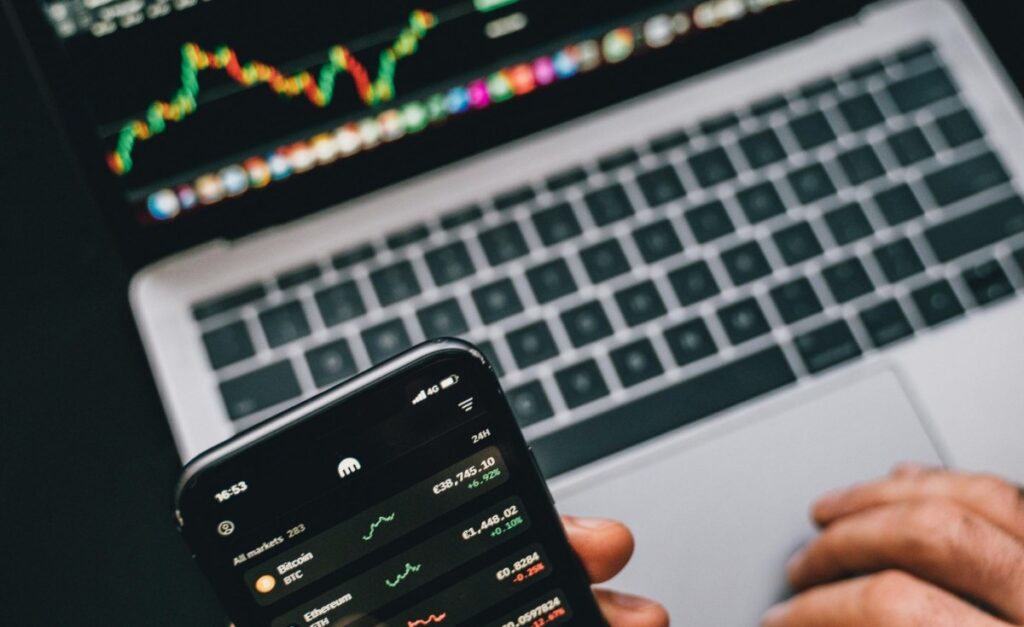There’s no shortage of trading platforms vying for attention in Africa’s forex market. From Lagos to Cape Town, brokers are pitching fast execution, leverage options, and sleek dashboards. But for experienced traders, a flashy interface is never the full story. What matters is whether the platform holds up under real pressure. Whether your capital, data, and execution are actually safe. And whether the platform can adapt to the volatile and often fragmented realities of African markets.
It’s not about bells and whistles. It’s about trust, regulation, and performance in context.
Why South Africa Matters in the African Forex Ecosystem
South Africa has become a nucleus for forex activity on the continent. The Financial Sector Conduct Authority (FSCA) plays a central role here, acting as a regulatory gatekeeper that filters out unlicensed brokers and shady operations. Traders from across Africa often rely on FSCA-regulated platforms as a benchmark for safety.
In 2022, FSCA-regulated brokers saw over 1.5 million active retail trading accounts, up nearly 35% from the previous year. Platforms like Exness have rapidly grown their South African user base due to faster onboarding, local bank integrations, and language-specific support.
But access doesn’t equal legitimacy. Just because a broker allows Exness login from South Africa doesn’t guarantee it meets the standards needed for a serious trader. Regulation is only the start.
Non-Negotiable for Legitimacy
A legitimate platform for African traders must be regulated by a recognized financial authority. This includes:
- FSCA (South Africa)
- CMA (Kenya)
- FSC (Mauritius)
- FCA (UK) or ASIC (Australia) for offshore credibility
The presence of these licenses should not be buried in fine print or promotional banners. It must be easily verifiable through the regulator’s public database. Many fraudulent platforms mimic these licenses, so traders must verify registration numbers independently.
Execution Speed and Server Proximity
Execution speed isn’t just about tech pride. It defines how much slippage a trader endures in high-volatility conditions. Platforms with closer server locations to African data centers (especially in Johannesburg or Nairobi) can shave milliseconds off execution, enough to impact scalping or intraday strategies.
A solid platform will offer
- Low-latency execution (sub-100ms)
- Transparent stats on order fill times
- Access to ECN or raw-spread accounts
Some brokers advertise “instant execution” but bury the server location in the fine print. If your trades are routed through Europe or Asia without transparency, it’s not ideal for news trading or high-frequency strategies.
Local Funding Options and Withdrawal Clarity
Many African traders have been burned not by poor trades but by opaque withdrawal policies. Platforms must offer region-specific deposit and withdrawal methods (preferably with local bank support), mobile money integrations (like M-Pesa), and no hidden processing fees.
Here’s what to look for:
- Fast deposits via local banking partners
- Transparent withdrawal timelines (ideally under 48 hours)
- No account freezes tied to arbitrary “bonus” terms
- Upfront details on conversion fees for currency mismatches
Platforms that lock withdrawals until bonus conditions are met are not built for serious traders. That’s a marketing trap, not a trading tool.
Charting Tools, Multi-Asset Support, and Real Market Feeds
African traders are increasingly diversifying beyond forex pairs. Stocks trading is gaining traction, especially among traders in South Africa and Kenya. A platform that only offers forex pairs is behind the curve.
Essential features include:
- Access to global indices, commodities, and equities
- Real-time feeds with minimal delay
- Customizable charting with multi-timeframe analysis
- Support for MetaTrader 4 and 5, cTrader, or proprietary platforms with deep analytics
One-size-fits-all interfaces won’t cut it anymore. The modern African trader expects multi-asset dashboards and the ability to switch from USD/JPY to Tesla stock or Brent crude – within the same session.
Real-Time Risk Management and Account Control
Slippage protection, stop-loss settings, and negative balance protection are no longer luxury features but basic infrastructure, especially now that African people are becoming more computer literate . Platforms should give traders granular control over:
- Margin levels and alerts
- Custom stop-out levels
- Hedging vs. netting options
- Real-time risk exposure dashboards
During a liquidity event, lack of risk settings can blow an account in seconds. In March 2023, a sudden rand depreciation caused dozens of margin calls across multiple platforms. Traders with clear margin alert systems managed to exit early. Those on platforms without them saw balances evaporate.
Transparent Fee Structures (No Surprise Commissions)
Most legitimate platforms either offer a fixed spread or raw spreads with commission. What you want to avoid are hidden markups on spreads, transaction fees masked as “network costs,” and overnight swap charges that aren’t clearly disclosed.
A professional platform will list:
- Spread types (fixed, variable)
- Swap rates (long and short)
- Commission-per-lot rates
- Inactivity fees or account charges
Platforms that hide these details or force traders to dig through PDF documents are hoping you don’t read them.
Customer Support that Actually Resolves Issues
Live chat doesn’t mean effective support. Legitimate platforms aiming for customer loyalty offer multilingual support with ticket tracking, trained escalation teams, and actual SLA response times.
Look for:
- Regional support hours aligned with African time zones
- Ticket-based systems with case numbers
- Phone lines with real escalation paths
- Local office presence where possible
Traders stuck in ID verification loops or frozen accounts need more than chatbots.
The local appetite for both forex and stock trading has surged in recent years, with local economies beginning to heal . Keep an eye on this industry in the years to come!

